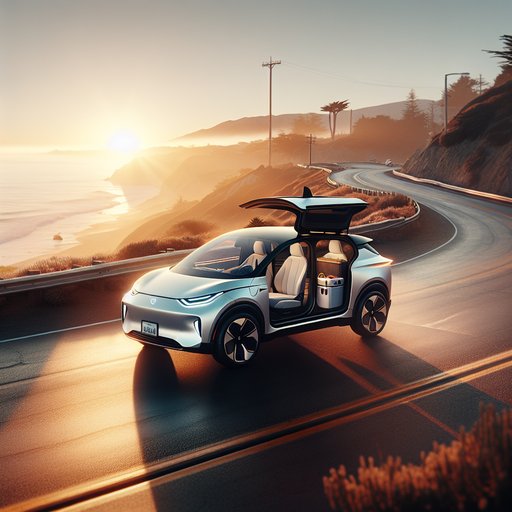
After 7 months and 8,200 miles in a 2024 Hyundai Ioniq 5 AWD Limited, I’ve used it as a daily commuter, family hauler, and road-trip EV across mixed climates. Here’s how it’s held up beyond the spec sheet.
Key specs: dual-motor AWD, 320 hp and 446 lb-ft, 77.4 kWh usable battery, 800V architecture, and up to 235 kW DC fast charging (10–80% in about 18–20 minutes when conditions are ideal). The onboard AC charger draws up to 10.9 kW on a 48A Level 2. Mine rides on 20-inch wheels with all-season tires and is rated to tow up to 2,000 lb. Over the test period, I split time between urban commuting, highway trips, and a few gravel trailheads.
Driving conditions ranged from 18°F winter mornings to 95°F summer afternoons. Daily use included a 32-mile round-trip commute, weekend errands with two child seats, and three road trips of 230–410 miles each. Charging was 80% at home on a 240V 48A circuit and 20% via DC fast charging at 350 kW stations. Performance is brisk rather than brutal.
My best 0–60 mph run with a GPS timer was 4.8 seconds on warm pavement with the battery over 60%. The throttle is linear, and the low-speed ride is supple despite the 20s; at highway speeds the damping feels well controlled, with only mild bobbing over expansion joints. Steering is light but accurate, and brake blending is among the smoother calibrations I’ve experienced in an EV—easy to modulate in traffic without the rubbery transition some hybrids exhibit. Efficiency has been consistent with expectations.
Across the full period I averaged 3.2 mi/kWh (312 Wh/mi). Summer suburban driving delivered 3.6–3.8 mi/kWh; winter mixed driving dipped to 2.5–2.7 mi/kWh at 20–30°F. On a 72°F interstate run at a GPS-verified 70 mph, I saw 3.1 mi/kWh. DC fast charging regularly peaked between 190–225 kW, holding over 150 kW to ~55% when preconditioned.
A 12–80% stop typically took 21–22 minutes. Note that battery preconditioning only engages when a station is set in the built-in navigation—CarPlay/Android Auto won’t trigger it. Practicality is a standout. With the rear seats up, the cargo area handled a jogging stroller plus groceries; seats-down camping loads weren’t a problem.
Cabin storage is thoughtful, and the flat floor makes rear seating adult-friendly. The dual 12.3-inch displays are responsive; wired CarPlay and Android Auto have been stable. Highway Driving Assist II tracks lanes confidently and manages cut-ins smoothly; the auto lane-change with turn signal on the Limited trim worked reliably on well-marked interstates. V2L was genuinely useful: running a 900W induction cooktop and lights at a campsite for two hours used 6% of the battery.
Issues and upkeep have been minimal. One infotainment freeze required a soft reboot. A single fast-charge session throttled to ~70 kW due to a shared cabinet; moving stalls solved it. No squeaks or rattles so far, and tire wear has been even; a 7,500-mile rotation and inspection were inexpensive.
Road noise is moderate on coarse asphalt, and the heat pump (equipped on my car) kept winter range respectable with preconditioning. Overall, the Ioniq 5 AWD balances real-world efficiency, fast charging, and family-friendly packaging exceptionally well. If you road-trip often on 350 kW networks and value quick charge stops, it’s a top pick. If you live in very cold climates or frequently tow near 2,000 lb, consider winter tires and plan more conservative range buffers.
As a daily EV, it’s been dependable, comfortable, and genuinely easy to live with.












